
PLOVER APPRECIATION DAY 2018: ABACO’S 6 TREASURES
Every day of the year, or so it seems, at least one worthy creature has been awarded an ‘Appreciation Day’, a special day when a particular species has its profile raised and awareness spread around. It certainly seems to be the case with birds; I’m going to assume that it applies to all the other classes of animal – mammals, fish, reptiles, amphibians and invertebrates, each with their own worthy candidates for recognition. Except for no-see-ums, obviously. And fire ants, I hope. You’d think standing on a nest while taking photos just once in a lifetime would be a lesson. I’ve done it twice… Anyway, yesterday was Plover Appreciation Day 2018.

PLOVERS ON ABACO
Until recently Abaco had 33 recorded shorebird species but since the first-ever sightings of a BUFF-BREASTED SANDPIPER in 2016, the number has risen to 34. Of these, a mere 6 are plovers:
- Black-bellied Plover Pluvialis squatarola WR 1
- American Golden Plover Pluvialis dominica TR 4
- Wilson’s Plover Ochthodromus wilsonia PR B 2
- Semipalmated Plover Charadrius semipalmatus WR 2
- Piping Plover Charadrius melodus WR 3
- Killdeer Charadrius vociferus WR 2
The codes tell you, for any particular bird, when you may see it (P = permanent, WR = winter resident, TR = transient); whether it breeds (B) on Abaco; and your chance of seeing it, graded from easy (1) to vanishingly unlikely (5)
The best-known of the 6 Abaco plover species is the Wilson’s Plover, because it is the only permanent resident. The American Golden Plover is a rare transient, but we luckily have a photo of one (below) taken on Abaco. All the others are winter residents and easy to middling hard to find.
The Piping Plover is the most interesting species, with a mere 8000 left in the world. There is a vigorous conservation program to protect them and their habitat, both in their breeding grounds in the North and their southern overwintering grounds. Their summer breeding range is in Canada and the Great Lakes, north-central US, and the eastern seaboard. In winter they migrate south, many to the Bahamas – and Abaco is one of their preferred homes. We count as many as we can between August and February, report the banded ones, and find out their origins and histories

BLACK-BELLIED PLOVER Pluvialis squatarola WR 1
Non-breeding plumage (as you would see normally it on Abaco, without the black belly)
Breeding plumage – and the reason for the name
AMERICAN GOLDEN PLOVER Pluvialis dominica TR 4

SEMIPALMATED PLOVER Charadrius semipalmatus WR 2


KILLDEER Charadrius vociferus WR 2

PIPING PLOVER Charadrius melodus WR 3



WILSON’S PLOVER Ochthodromus wilsonia PR B 2
This permanent resident plover is a year-round presence on the Delphi Club beach, where in summer they nest and raise their tiny fluffball chicks. They are especially significant on Abaco as the only breeding plover species – it’s the only chance we get to see plover nests and chicks… (see header image and below).



RELATED POSTS
PIPING PLOVERS
50 WAYS TO PLEASE YOUR PLOVER
WILSON’S PLOVERS (1) ‘Dream Plover’
WILSON’S PLOVERS (2) Nest Protection
WILSON’S PLOVERS (3) Scrapes, Chicks & Broken Wings
SEMI-PALMATED PLOVERS
Photo credits: Tom Sheley (1, 2); Linda Barry-Cooper (3); Tony Hepburn (4, 5, 8); Bruce Hallett (6, 7); Peter Mantle (9); Keith Salvesen (10, 13); Sandy Walker (11); Craig Nash (12); Charmaine Albury (14)




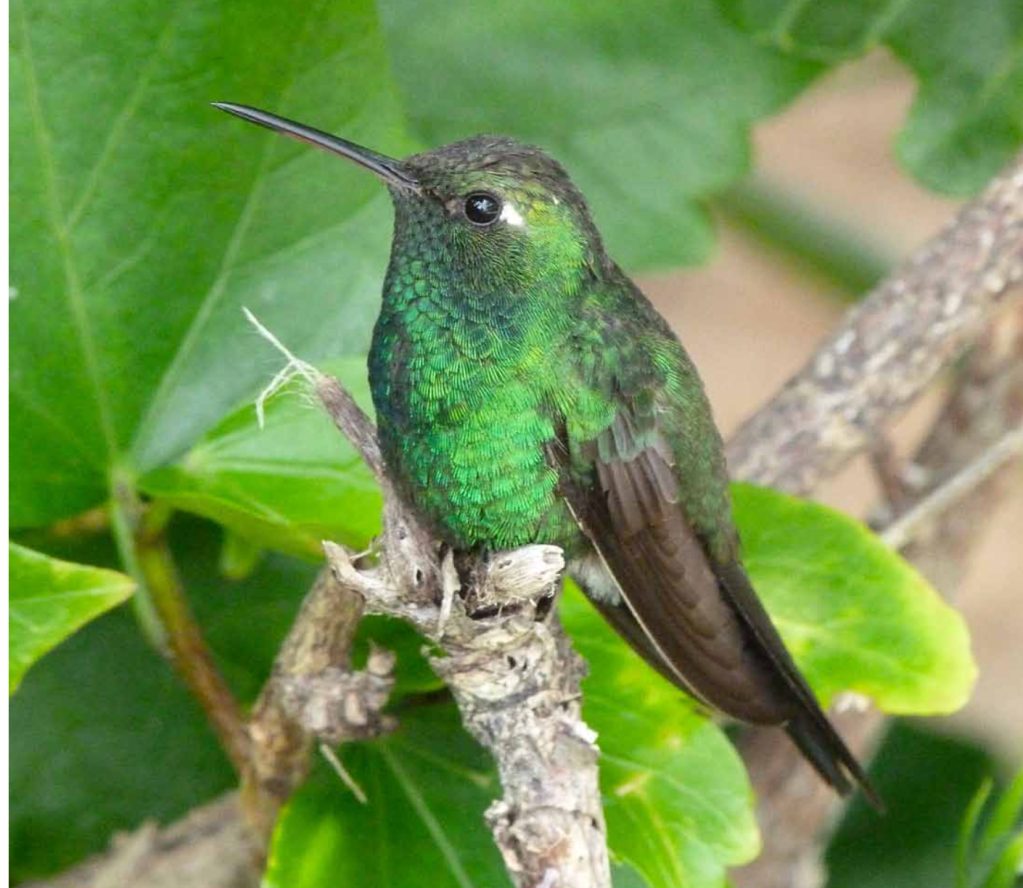
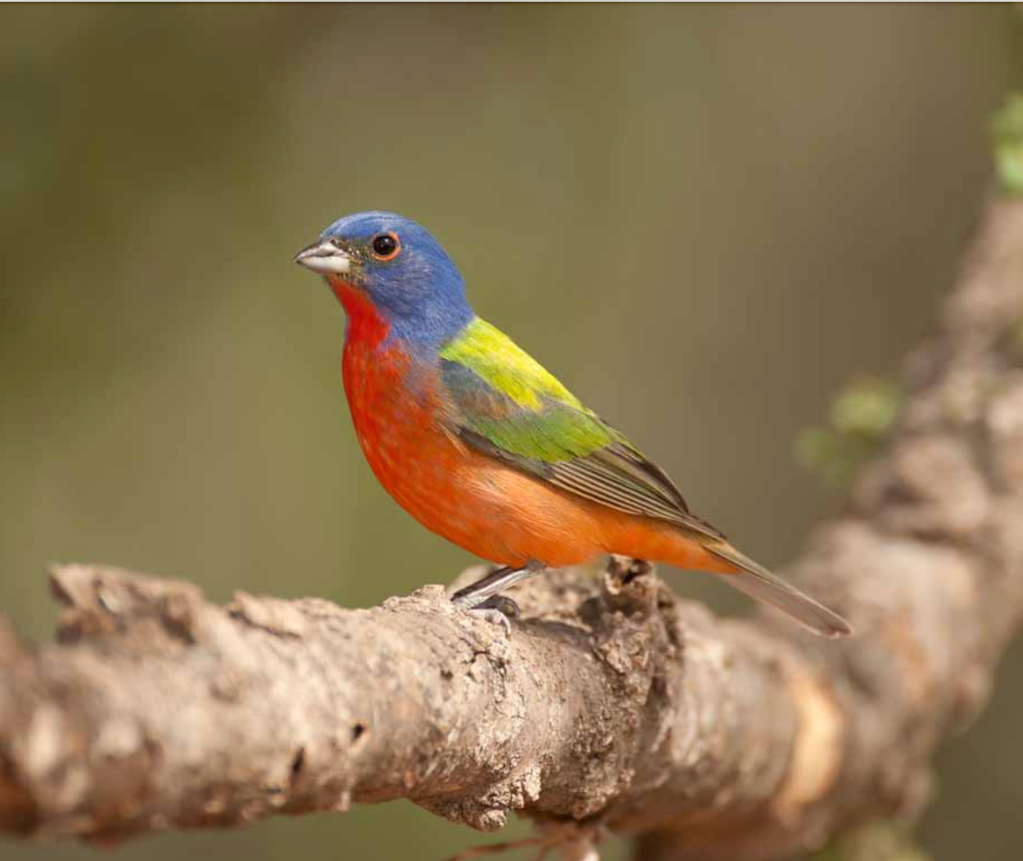









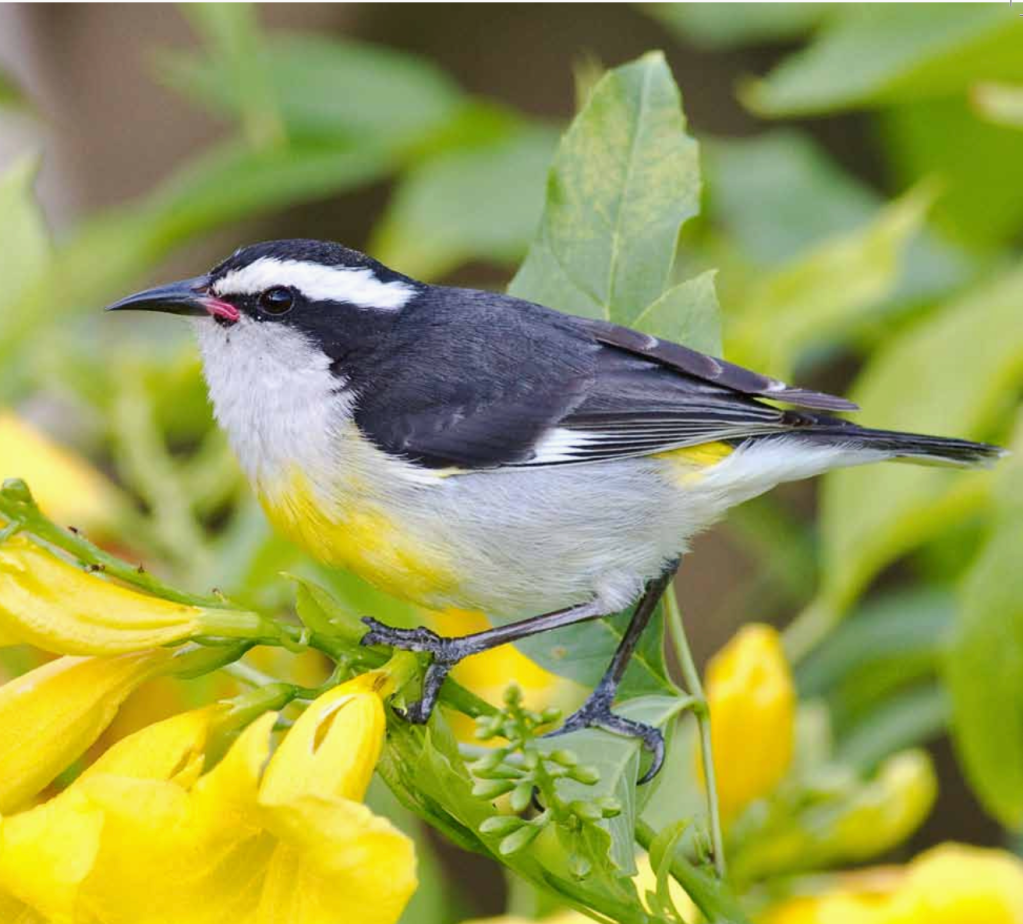






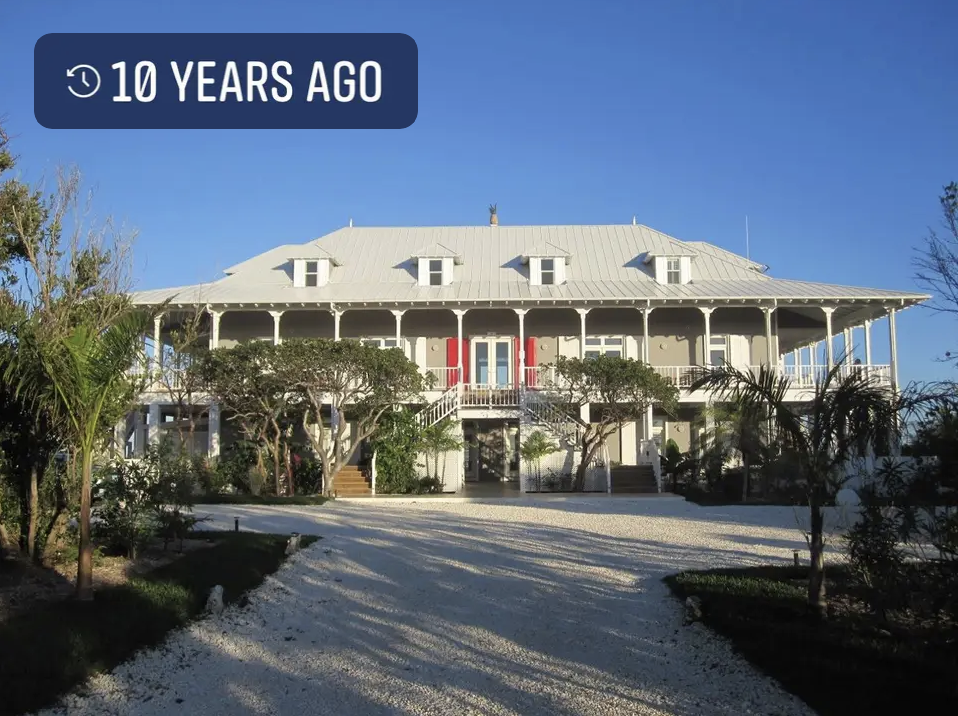














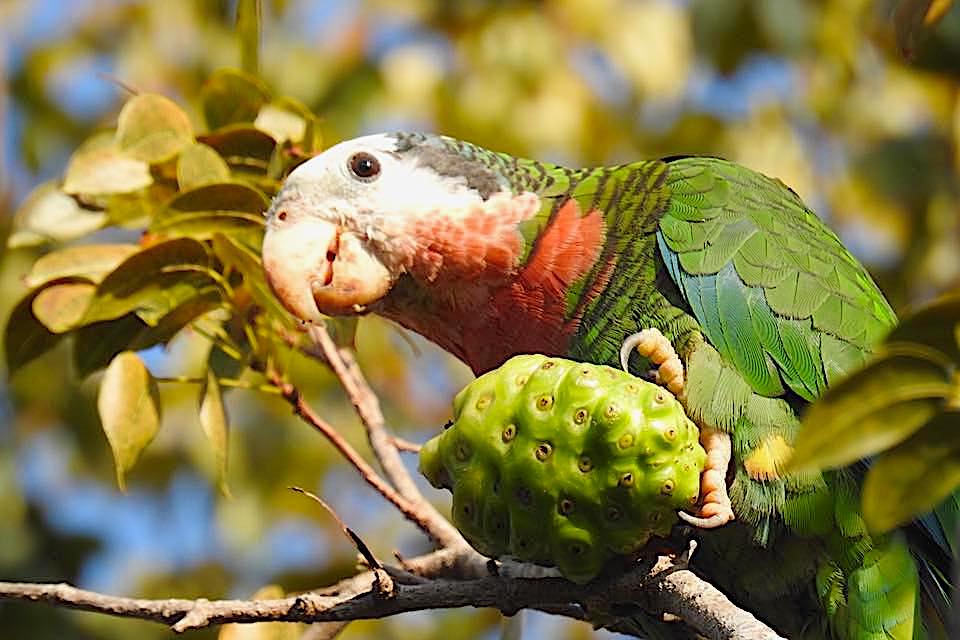





























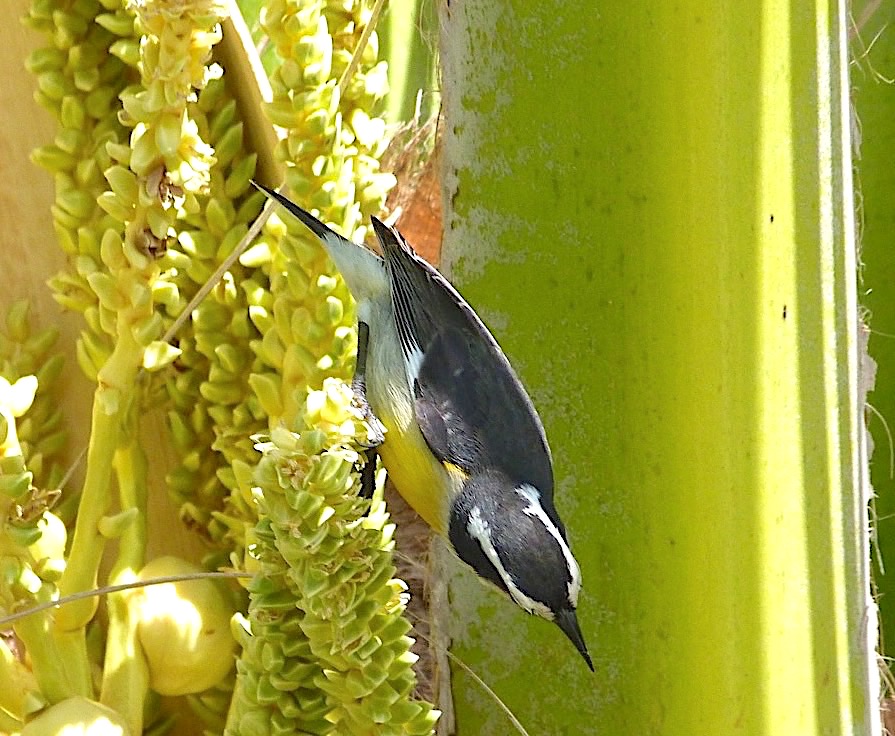





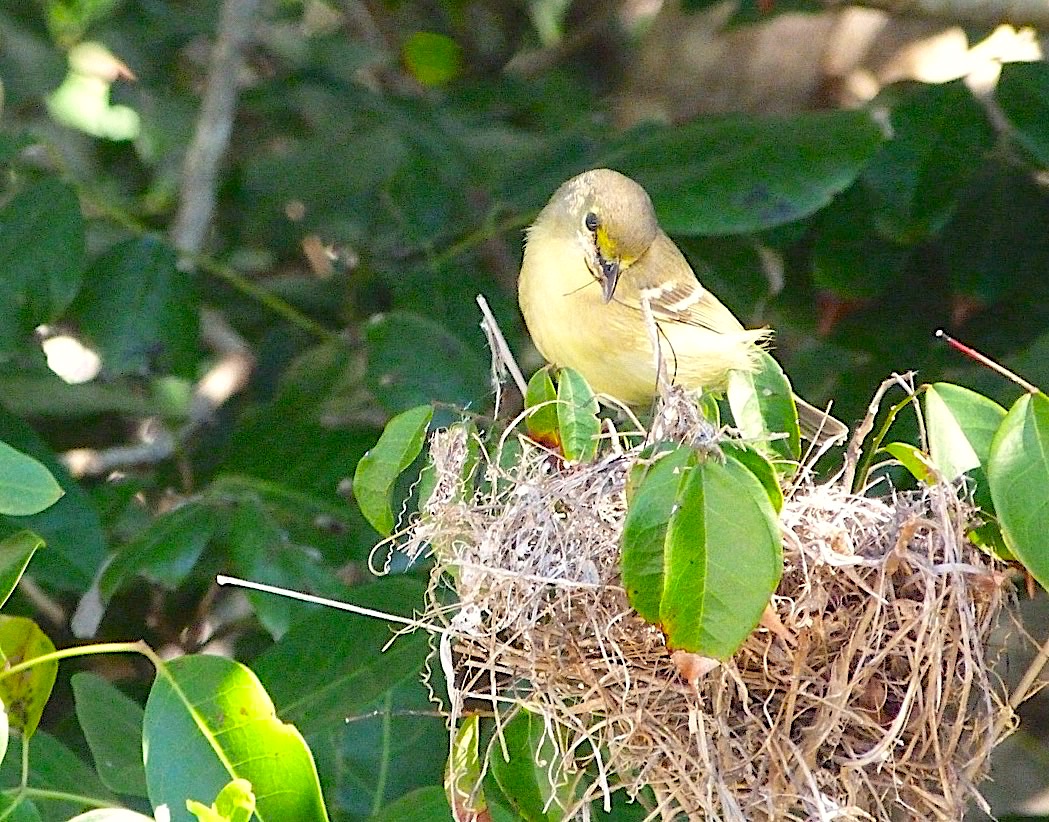













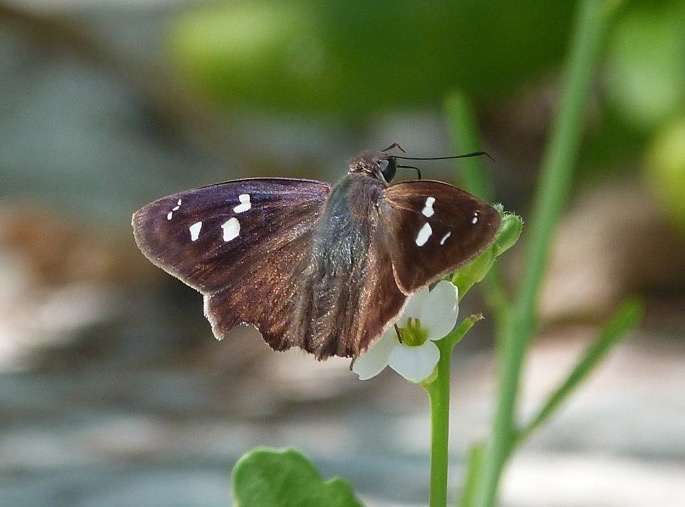

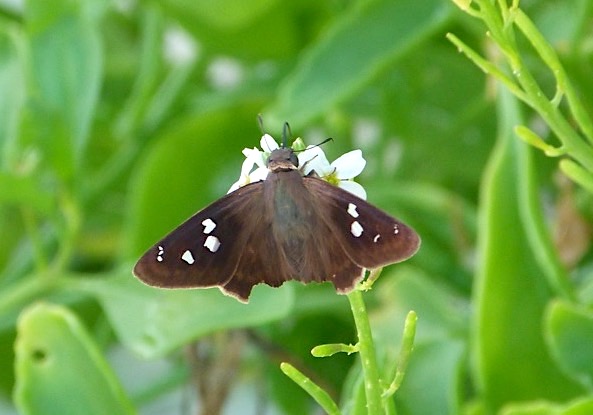
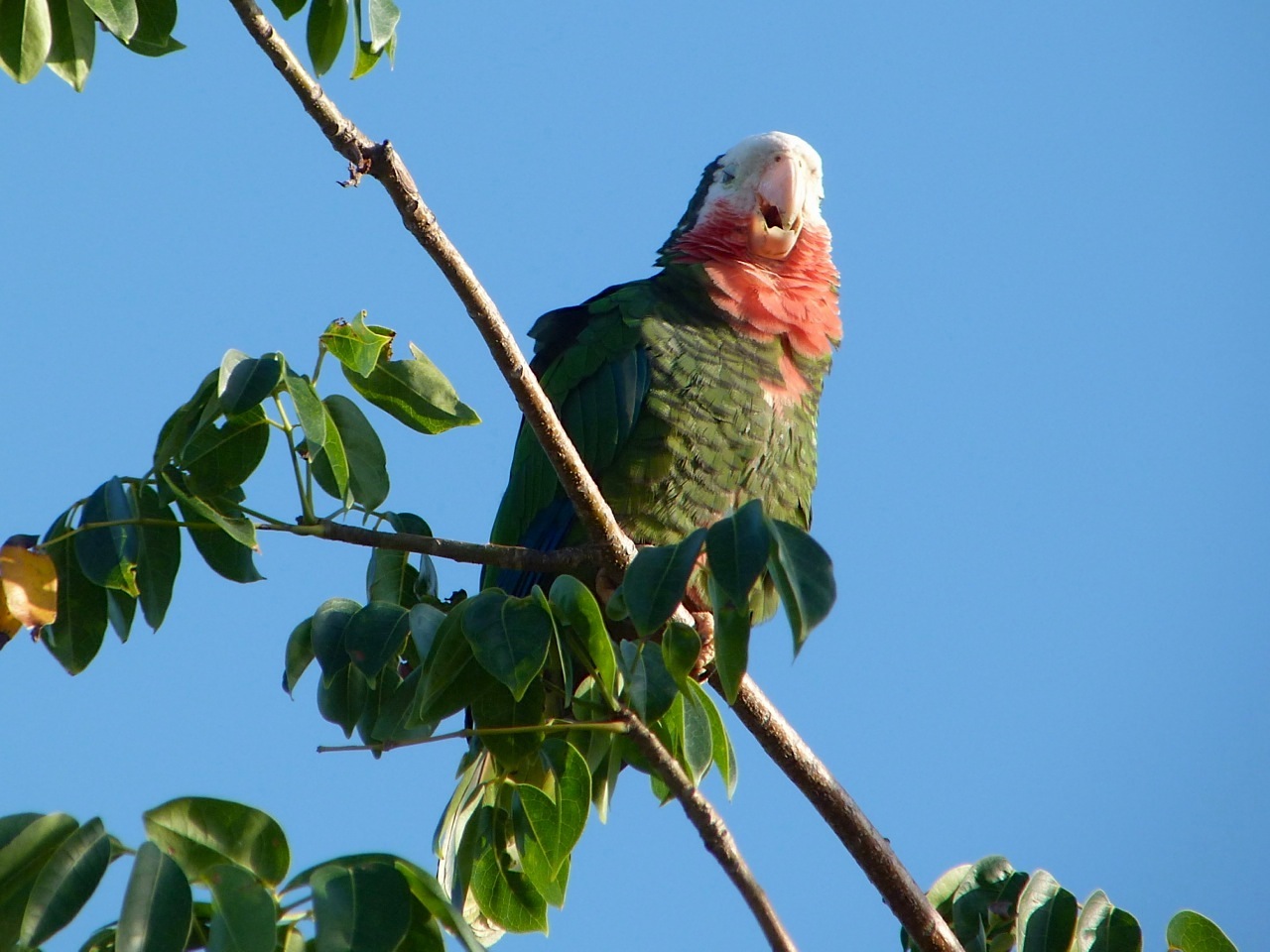





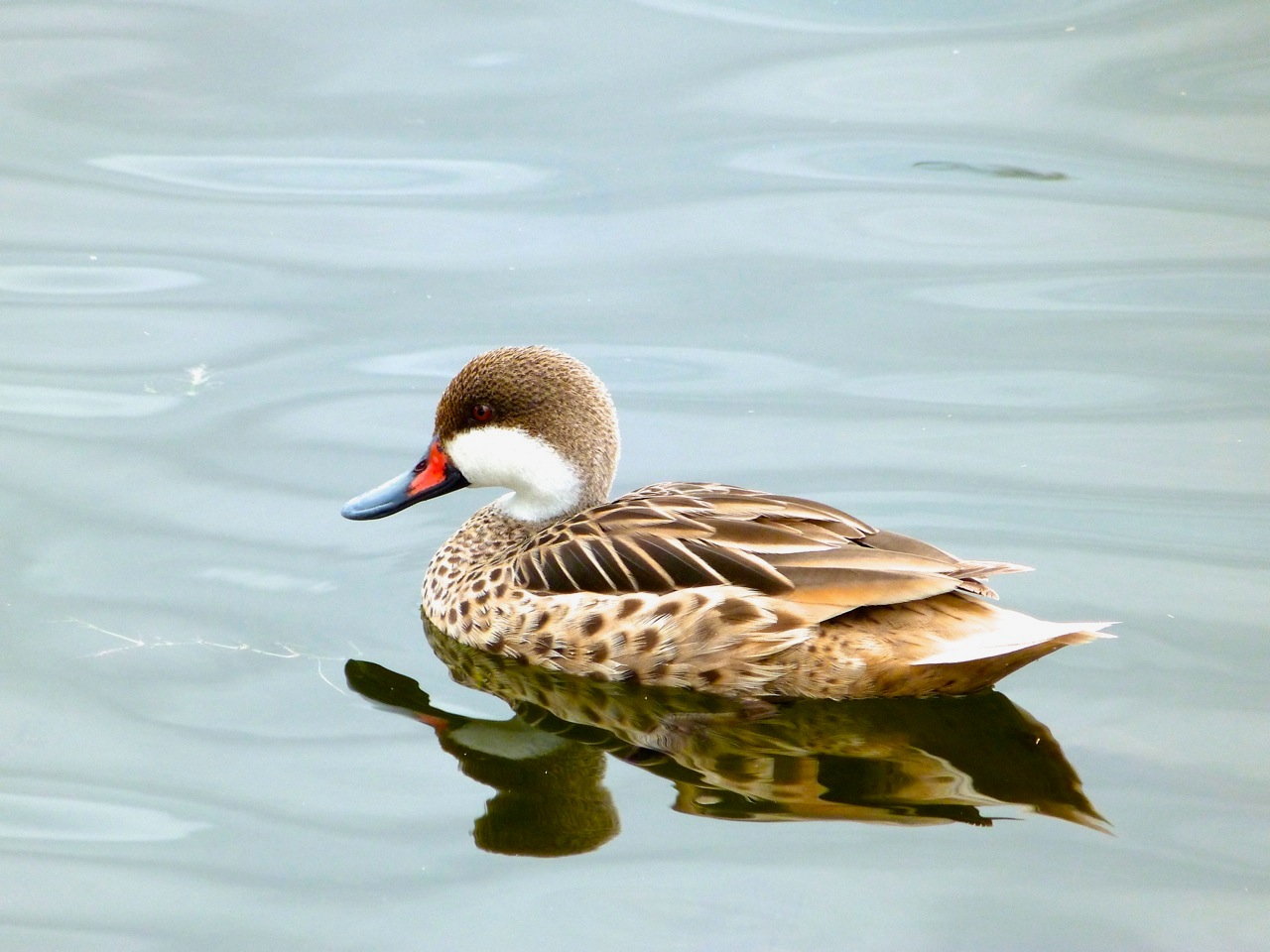

















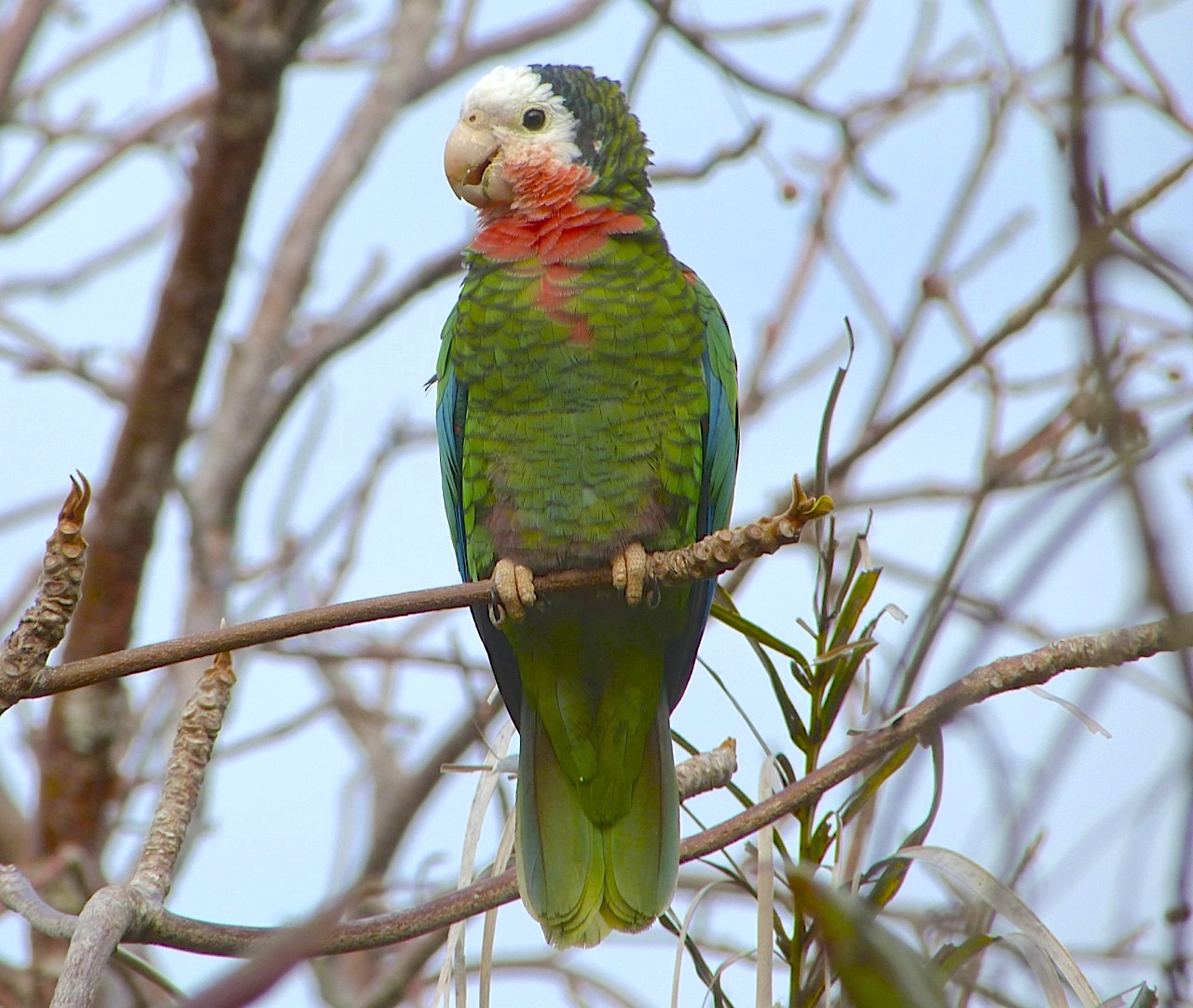
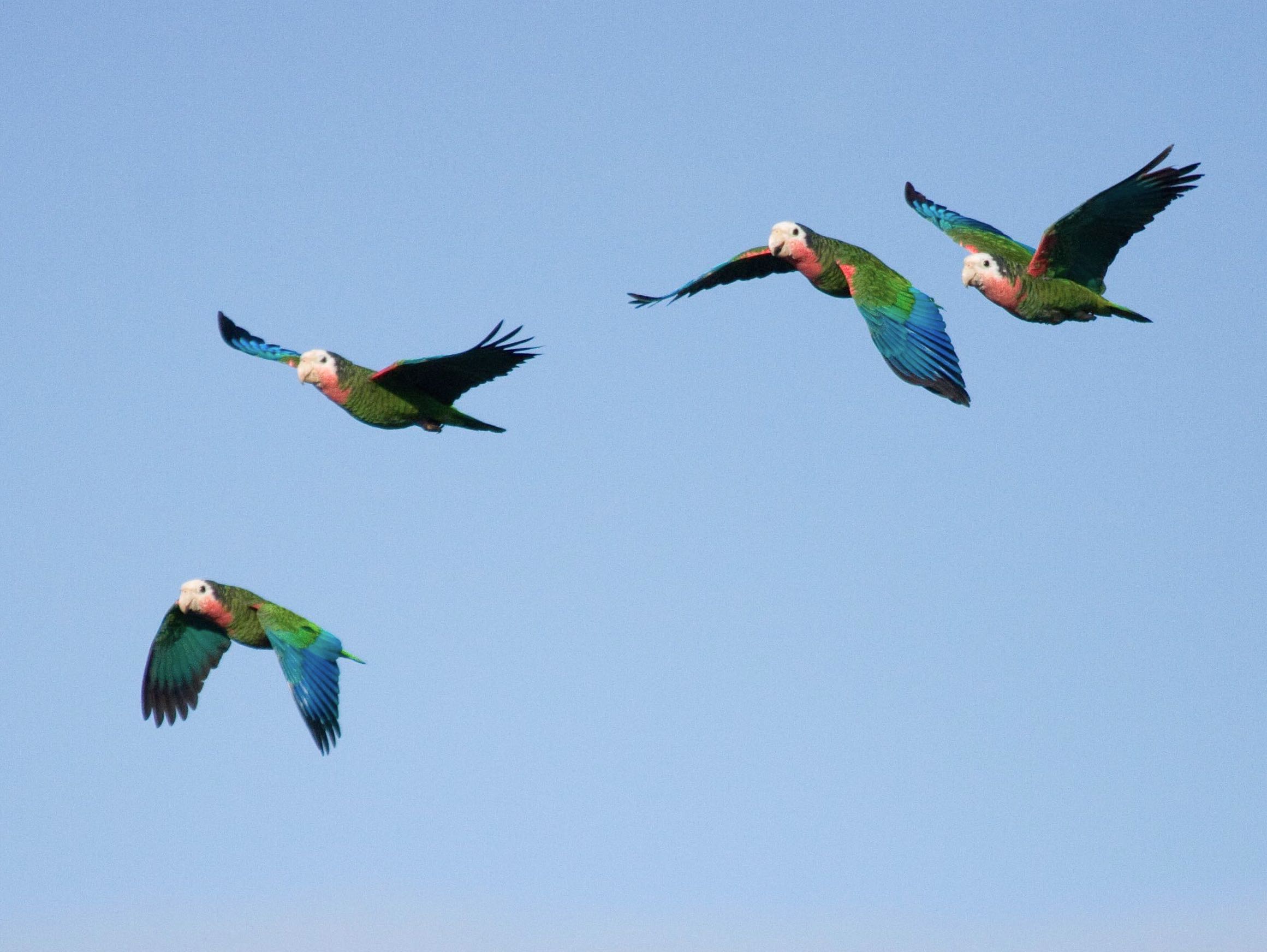
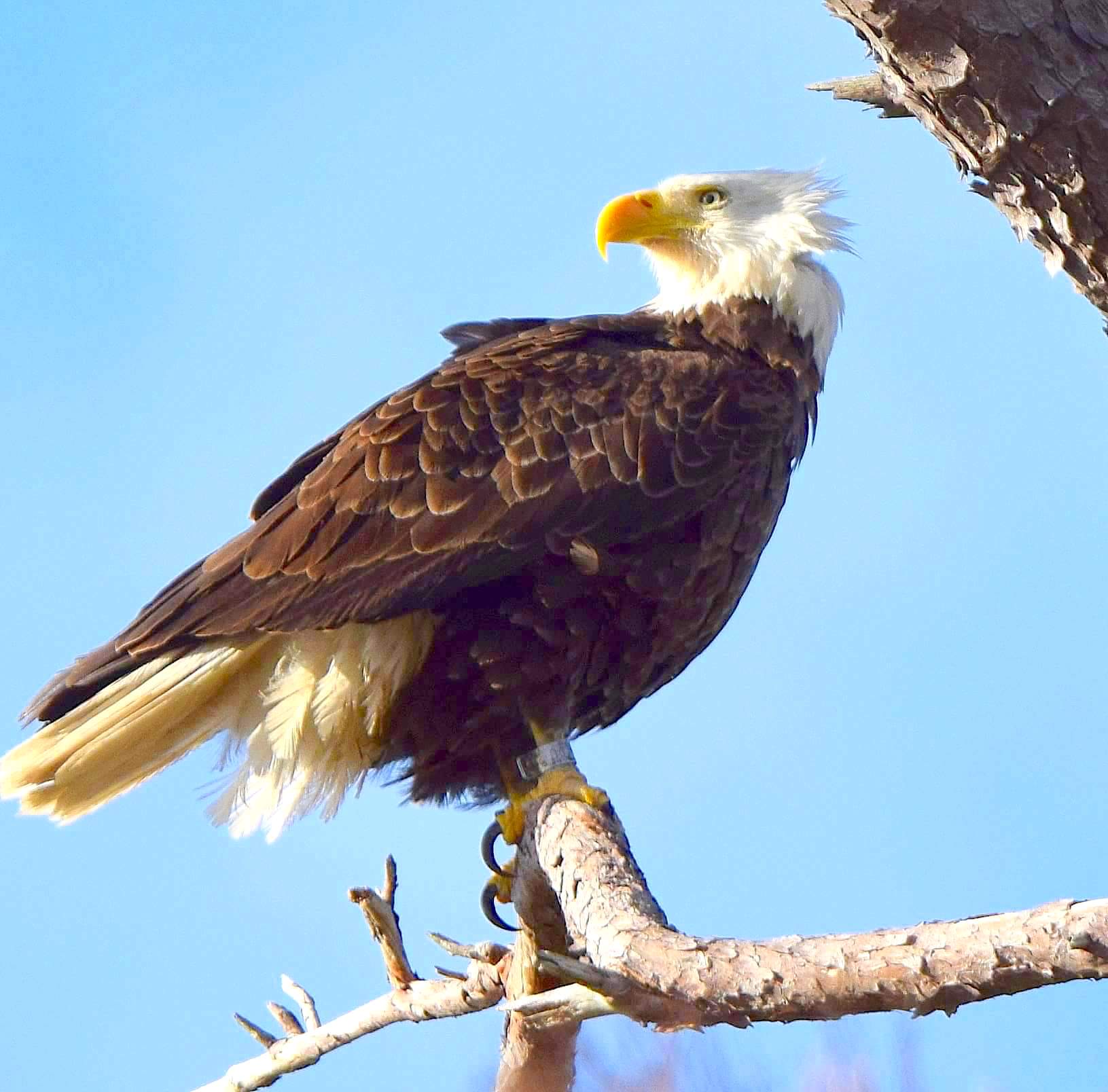




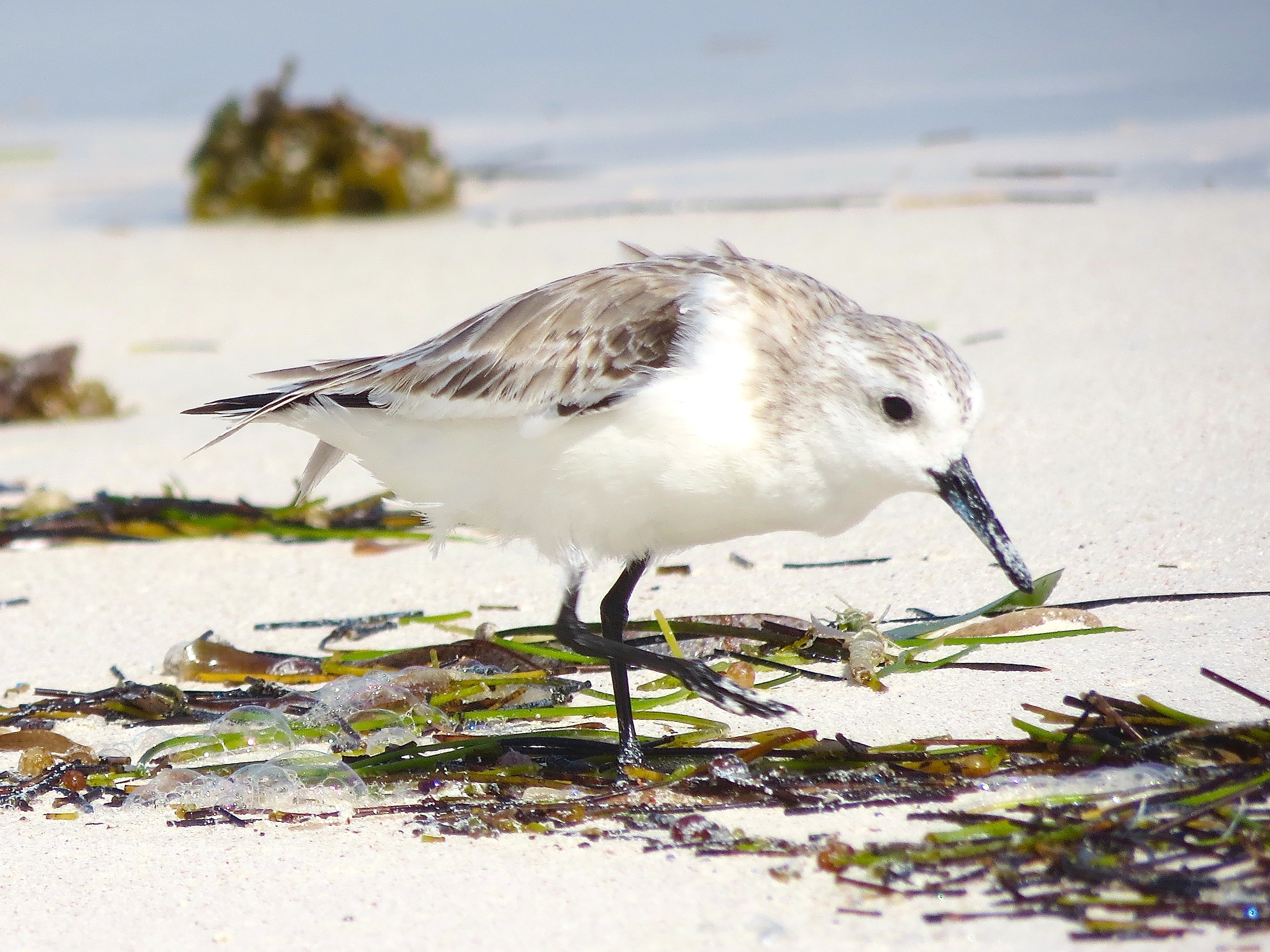
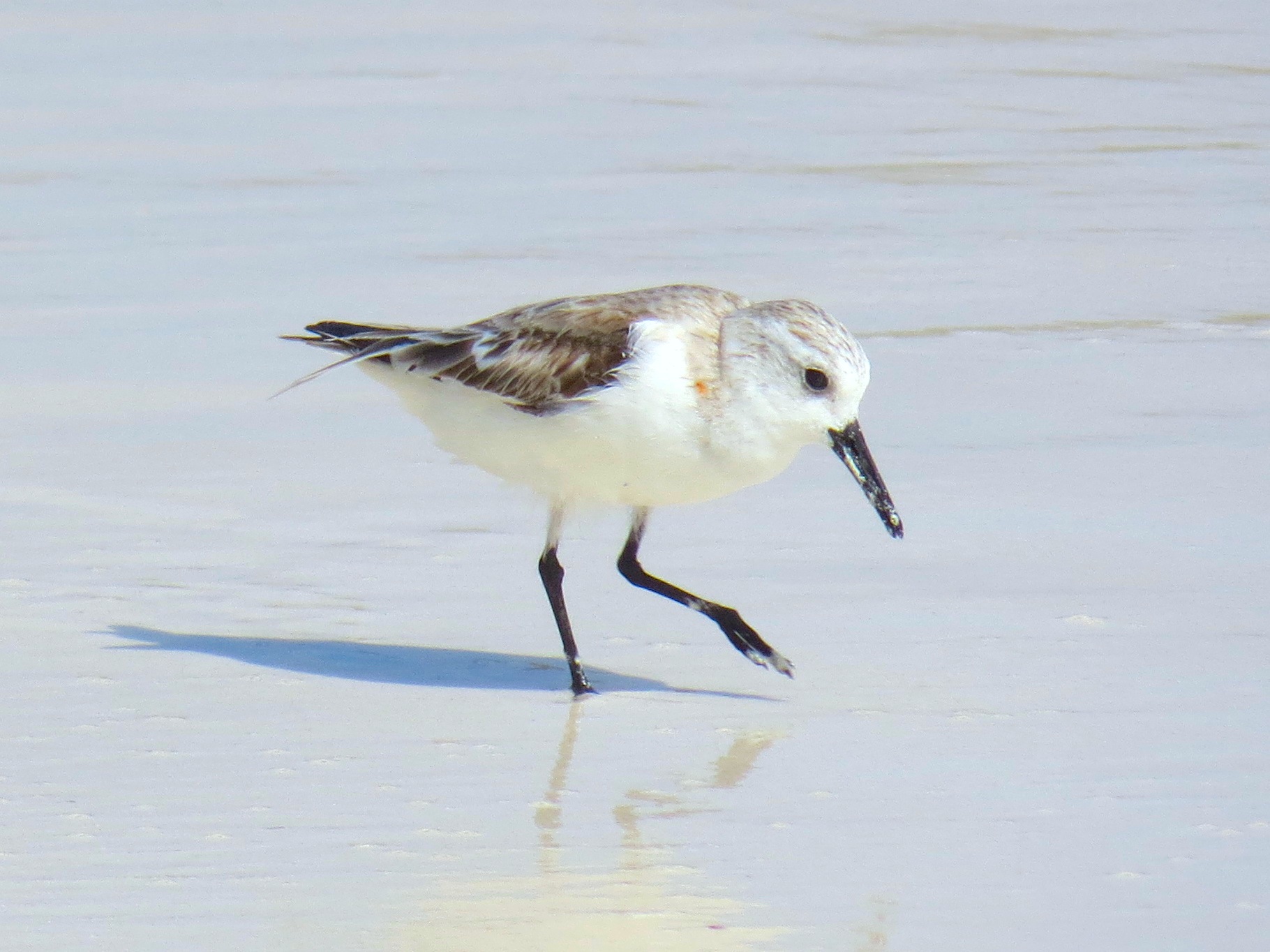












You must be logged in to post a comment.